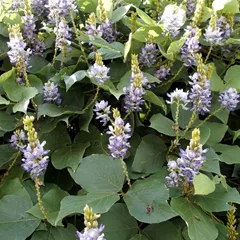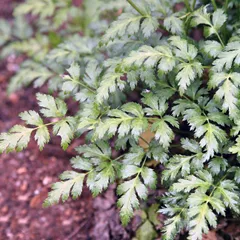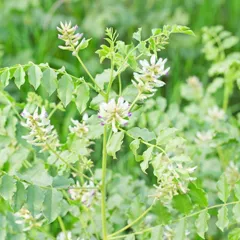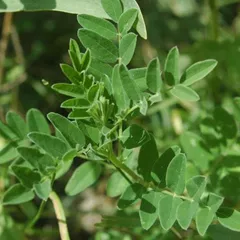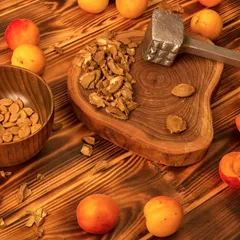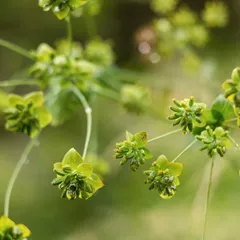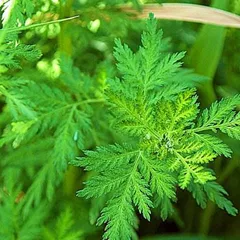Coronary artery disease according to Chinese Medicine
The information provided here is not a replacement for a doctor. You shouldn't use it for the purpose of self-diagnosing or self-medicating but rather so you can have a more informed discussion with a professional TCM practitioner.
Coronary artery disease factsheet
Possible causes and remedies:
Symptoms: Thirst Nausea Epigastrium fullness and five other symptoms
Recommended formula: Hao Qin Qing Dan Tang
Kidney and Liver Yin Deficiency
Symptoms: Vertigo Tinnitus Night sweats and five other symptoms
Recommended formula: Liu Wei Di Huang Wan
In Chinese Medicine, coronary artery disease can be associated with four so-called "patterns of disharmony". Chinese Medicine sees the body as a system, not a sum of isolated parts. A "pattern" is when the system's harmony is disrupted. It is not equivalent to the Western concept of "disease", as a matter of fact here coronary artery disease can be caused by four different patterns.
To understand whether someone's coronary artery disease might be caused by a given pattern, one needs to look for signs and symptoms associated with the pattern beyond what one might typically experience from coronary artery disease alone. For instance when coronary artery disease is caused by the pattern Heat in Gall Bladder, patients also experience symptoms such as mild chills alternating with pronounced fever, bitter taste in the mouth, stifling sensation in the chest and spitting up bitter or sour fluids. Similarly, patients with Heat in Gall Bladder typically exhibit rapid (Shu) or wiry (Xian) pulses as well as a red tongue with thick coating, yellow coating.
We've listed below a description of the four patterns associated with coronary artery disease so that you can start to get an understanding of the various possibilities according to Chinese Medicine.
Once identified, patterns are often treated using herbal formulas. Drinking herbal infusions is the most common remedy in Chinese Medicine, together with acupuncture. Here we detail below twelve formulas that can help treat the various patterns associated with coronary artery disease, depending on which pattern fits your profile.
The four "patterns of disharmony" associated with coronary artery disease
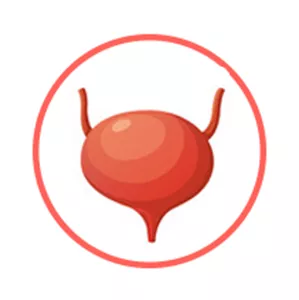
The Bladder is a so-called "Fu" Organ. Learn more about the Bladder in Chinese Medicine
Heat in Gall Bladder
Pulse type(s): Rapid (Shu), Wiry (Xian)
Tongue coating: Thick coating, Yellow coating
Tongue color: Red
Recommended herbal formula: Hao Qin Qing Dan Tang
Symptoms: Thirst Nausea Epigastrium fullness Bitter taste in the mouth Stifling sensation in the chest Spitting up bitter or sour fluids Mild chills alternating with pronounced fever Distention and pain in the chest and hypochondria
Coronary artery disease might be due to Heat in Gall Bladder if the condition is paired with typical pattern symptoms such as mild chills alternating with pronounced fever, bitter taste in the mouth, stifling sensation in the chest and spitting up bitter or sour fluids. Similarly, patients with Heat in Gall Bladder typically exhibit rapid (Shu) or wiry (Xian) pulses as well as a red tongue with thick coating, yellow coating.

The Kidneys is a so-called "Zang" Organ. Learn more about the Kidneys in Chinese Medicine
Kidney and Liver Yin Deficiency
Pulse type(s): Fine (Xi), Rapid (Shu)
Tongue coating: Partial absence of coating
Tongue color: Red
Recommended herbal formula: Liu Wei Di Huang Wan
Symptoms: Vertigo Tinnitus Night sweats Lightheadedness Diminished hearing Chronic sore throat Spontaneous and nocturnal emissions Soreness and weakness in the lower back
Coronary artery disease might be due to Kidney and Liver Yin Deficiency if the condition is paired with typical pattern symptoms such as soreness and weakness in the lower back, lightheadedness, vertigo and tinnitus. Similarly, patients with Kidney and Liver Yin Deficiency typically exhibit fine (Xi) or rapid (Shu) pulses as well as a red tongue with partial absence of coating.
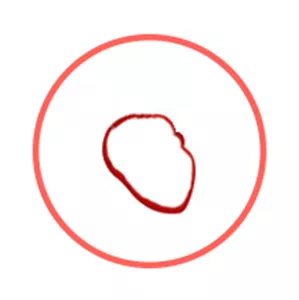
The Pericardium is a so-called "Zang" Organ. Learn more about the Pericardium in Chinese Medicine
Pericardium Blood Stagnation
Pulse type(s): Knotted (Jie), Wiry (Xian)
Tongue color: Bluish-Purple
Recommended herbal formula: Xue Fu Zhu Yu Tang
Symptoms: Chest pain Purple lips Palpitations Purple nails Painful period Hypochondriac pain Shortness of breath Dark clots in menstrual blood Feeling of oppression of the chest
Coronary artery disease might be due to Pericardium Blood Stagnation if the condition is paired with typical pattern symptoms such as chest pain, hypochondriac pain, palpitations and painful period. Similarly, patients with Pericardium Blood Stagnation typically exhibit knotted (Jie) or wiry (Xian) pulses as well as a bluish-purple tongue.
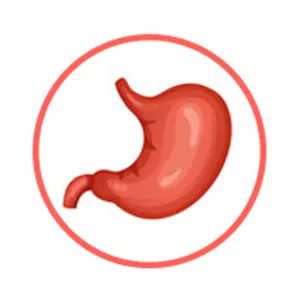
The Stomach is a so-called "Fu" Organ. Learn more about the Stomach in Chinese Medicine
Stomach Blood Stagnation
Pulse type(s): Wiry (Xian)
Tongue color: Bluish-Purple
Recommended herbal formula: Xue Fu Zhu Yu Tang
Symptoms: Nausea Vomiting Epigastric pain Vomiting of blood
Coronary artery disease might be due to Stomach Blood Stagnation if the condition is paired with typical pattern symptoms such as epigastric pain, nausea, vomiting and vomiting of blood. Similarly, patients with Stomach Blood Stagnation typically exhibit wiry (Xian) pulses as well as a bluish-purple tongue.
The twelve herbal formulas that might help with coronary artery disease
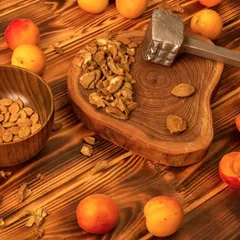
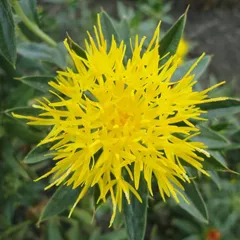
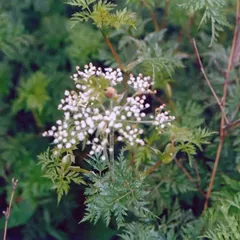
The top herbs in Xue Fu Zhu Yu Tang are Peach Kernels (Tao Ren), Safflowers (Hong Hua) and Szechuan Lovage Roots (Chuan Xiong)
Xue Fu Zhu Yu Tang
Source date: 1830 AD
Number of ingredients: 11 herbs
Key actions: Invigorates the Blood. Dispels blood Stagnation. Spreads the Liver Qi. Unblocks the channels.
Why might Xue Fu Zhu Yu Tang help with coronary artery disease?
Because it is a formula often recommended to help with the patterns Pericardium Blood Stagnation and Stomach Blood Stagnation which are sometimes associated with coronary artery disease. If any of these patterns look like something you might suffer from, this formula might help (although please seek confirmation with a professional practitioner beforehand).
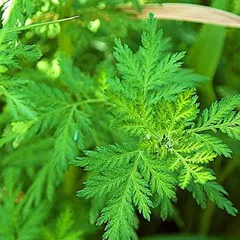

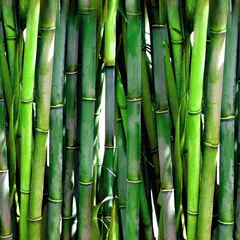
The top herbs in Hao Qin Qing Dan Tang are Sweet Wormwood Herbs (Qing Hao), Baikal Skullcap Roots (Huang Qin) and Bamboo Shavings (Zhu Ru)
Hao Qin Qing Dan Tang
Source date: Qing Dynasty
Number of ingredients: 10 herbs
Key actions: Clears Heat and relieves acute conditions of the Gallbladder. Relieves acute Damp-Heat syndromes. Resolves Phlegm. Harmonizes the Stomach.
Why might Hao Qin Qing Dan Tang help with coronary artery disease?
Because it is a formula often recommended to help treat Heat in Gall Bladder, a pattern sometimes associated with coronary artery disease. If it looks like you might suffer from Heat in Gall Bladder, this formula might help (although please seek confirmation with a professional practitioner beforehand).


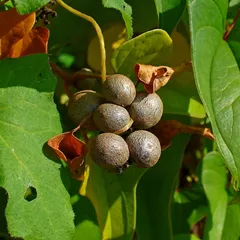
The top herbs in Liu Wei Di Huang Wan are Prepared Rehmannia (Shu Di huang), Cornelian Cherries (Shan Zhu Yu) and Yam (Shan Yao)
Liu Wei Di Huang Wan
Source date: 1119 AD
Number of ingredients: 6 herbs
Key actions: Enriches the yin and nourishes the Kidneys.
Why might Liu Wei Di Huang Wan help with coronary artery disease?
Because it is a formula often recommended to help treat Kidney and Liver Yin Deficiency, a pattern sometimes associated with coronary artery disease. If it looks like you might suffer from Kidney and Liver Yin Deficiency, this formula might help (although please seek confirmation with a professional practitioner beforehand).
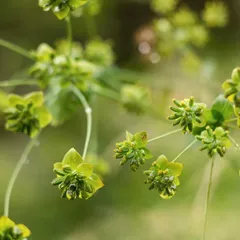
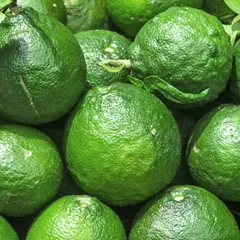

The top herbs in Si Ni San are Bupleurum Roots (Chai Hu), Immature Bitter Oranges (Zhi Shi) and White Peony Roots (Bai Shao)
Si Ni San
Source date: 220 AD
Number of ingredients: 4 herbs
Key actions: Regulates Liver and Spleen. Eliminates Internal Heat.
Why might Si Ni San help with coronary artery disease?
Because it is a formula often recommended to help treat , a pattern sometimes associated with coronary artery disease. If it looks like you might suffer from , this formula might help (although please seek confirmation with a professional practitioner beforehand).
Ge Geng Huang Qin Huang Lian Tang
Why might Ge Geng Huang Qin Huang Lian Tang help with coronary artery disease?
Because it is a formula often recommended to help treat , a pattern sometimes associated with coronary artery disease. If it looks like you might suffer from , this formula might help (although please seek confirmation with a professional practitioner beforehand).
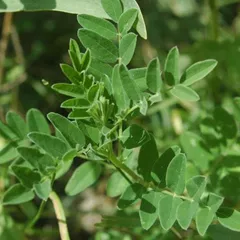


The top herbs in Bu Yang Huang Wu Tang are Milkvetch Roots (Huang Qi), Dong Quai (Dang Gui) and Szechuan Lovage Roots (Chuan Xiong)
Bu Yang Huang Wu Tang
Source date: 1830 AD
Number of ingredients: 7 herbs
Key actions: Tonifies Qi. Invigorates Blood. Unblocks the channels.
Why might Bu Yang Huang Wu Tang help with coronary artery disease?
Because it is a formula often recommended to help treat , a pattern sometimes associated with coronary artery disease. If it looks like you might suffer from , this formula might help (although please seek confirmation with a professional practitioner beforehand).
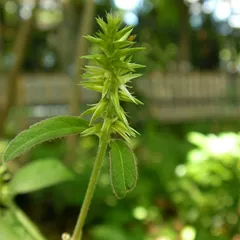
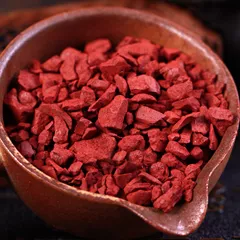
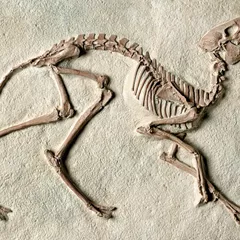
The top herbs in Zhen Gan Xi Feng Tang are Achyranthes Roots (Niu Xi), Hematite (Dai Zhe Shi) and Dragon Bones (Long Gu)
Zhen Gan Xi Feng Tang
Source date: 1918 AD
Number of ingredients: 12 herbs
Key actions: Sedates the Liver. Axtinguishes Wind. Nourishes the Yin. Anchors the yang.
Why might Zhen Gan Xi Feng Tang help with coronary artery disease?
Because it is a formula often recommended to help treat , a pattern sometimes associated with coronary artery disease. If it looks like you might suffer from , this formula might help (although please seek confirmation with a professional practitioner beforehand).


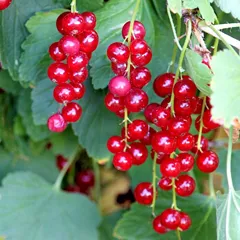
The top herbs in Sheng Mai San are Ginseng (Ren Shen), Dwarf Lilyturf Roots (Mai Dong) and Schisandra Berries (Wu Wei Zi)
Sheng Mai San
Source date: Yuan Dynasty
Number of ingredients: 3 herbs
Key actions: Augments Qi. Supplies the Yin. Stops excessive sweating. Generates Body Fluids.
Why might Sheng Mai San help with coronary artery disease?
Because it is a formula often recommended to help treat , a pattern sometimes associated with coronary artery disease. If it looks like you might suffer from , this formula might help (although please seek confirmation with a professional practitioner beforehand).

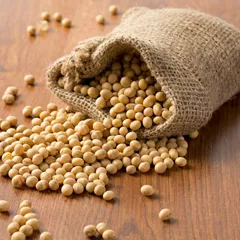

The top herbs in Zhi Zi Chi Tang are Cape Jasmine Fruits (Zhi Zi) and Fermented Soybeans (Dan Dou Chi)
Zhi Zi Chi Tang
Source date: 220 AD
Number of ingredients: 2 herbs
Key actions: Clears Heat. Alleviates restlessness and irritability.
Why might Zhi Zi Chi Tang help with coronary artery disease?
Because it is a formula often recommended to help treat , a pattern sometimes associated with coronary artery disease. If it looks like you might suffer from , this formula might help (although please seek confirmation with a professional practitioner beforehand).

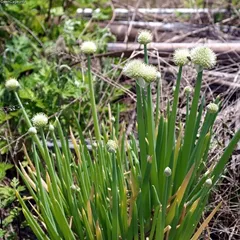
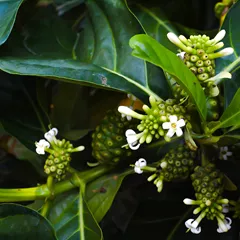
The top herbs in Xuan Fu Hua Tang are Inula Flowers (Xuan Fu Hua), Scallions (Cong Bai) and Indian Madder Roots (Qian Cao)
Xuan Fu Hua Tang
Source date: 220 AD
Number of ingredients: 3 herbs
Key actions: Unblocks the Yang. Expands the chest. Removes and transforms Stagnation.
Why might Xuan Fu Hua Tang help with coronary artery disease?
Because it is a formula often recommended to help treat , a pattern sometimes associated with coronary artery disease. If it looks like you might suffer from , this formula might help (although please seek confirmation with a professional practitioner beforehand).

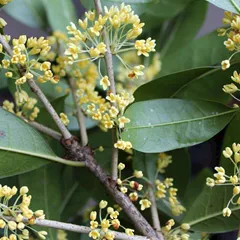

The top herbs in Huang Qi Gui Zhi Wu Wu Tang are Milkvetch Roots (Huang Qi), Cinnamon Twigs (Gui Zhi) and White Peony Roots (Bai Shao)
Huang Qi Gui Zhi Wu Wu Tang
Source date: 220 AD
Number of ingredients: 5 herbs
Key actions: Augments the Qi. Warms and harmonizes the channels. Unblocks painful obstruction .
Why might Huang Qi Gui Zhi Wu Wu Tang help with coronary artery disease?
Because it is a formula often recommended to help treat , a pattern sometimes associated with coronary artery disease. If it looks like you might suffer from , this formula might help (although please seek confirmation with a professional practitioner beforehand).
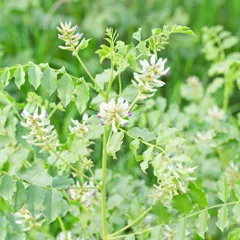


The top herbs in Zhi Gan Cao Tang are Liquorice (Gan Cao), Unprepared Rehmannia (Di Huang) and Ginseng (Ren Shen)
Zhi Gan Cao Tang
Source date: 220 AD
Number of ingredients: 10 herbs
Key actions: Augments the Qi. Nourishes Yin. Nourishes the Blood. Restores the pulse.
Why might Zhi Gan Cao Tang help with coronary artery disease?
Because it is a formula often recommended to help treat , a pattern sometimes associated with coronary artery disease. If it looks like you might suffer from , this formula might help (although please seek confirmation with a professional practitioner beforehand).
Symptoms related to coronary artery disease
Nausea Mild chills alternating with pronounced fever Bitter taste in the mouth Stifling sensation in the chest Spitting up bitter or sour fluids Thirst Distention and pain in the chest and hypochondria Epigastrium fullness Soreness and weakness in the lower back Lightheadedness

